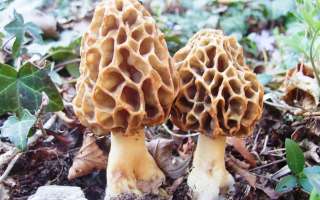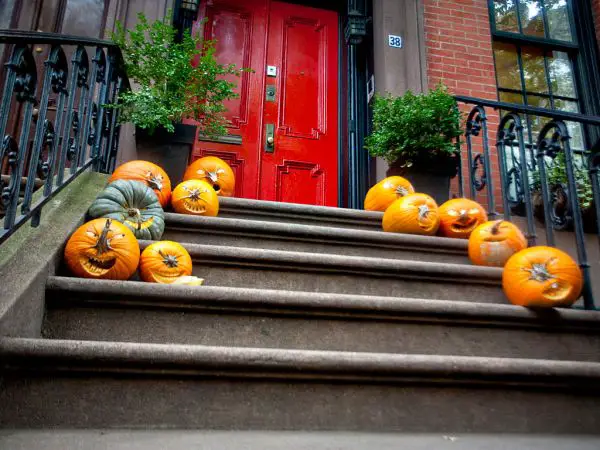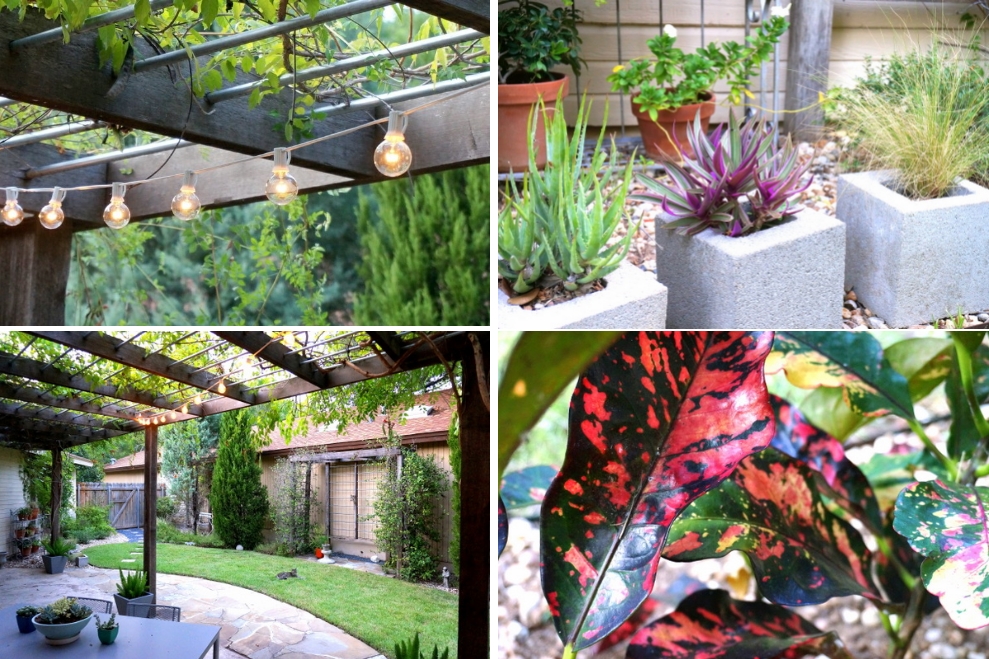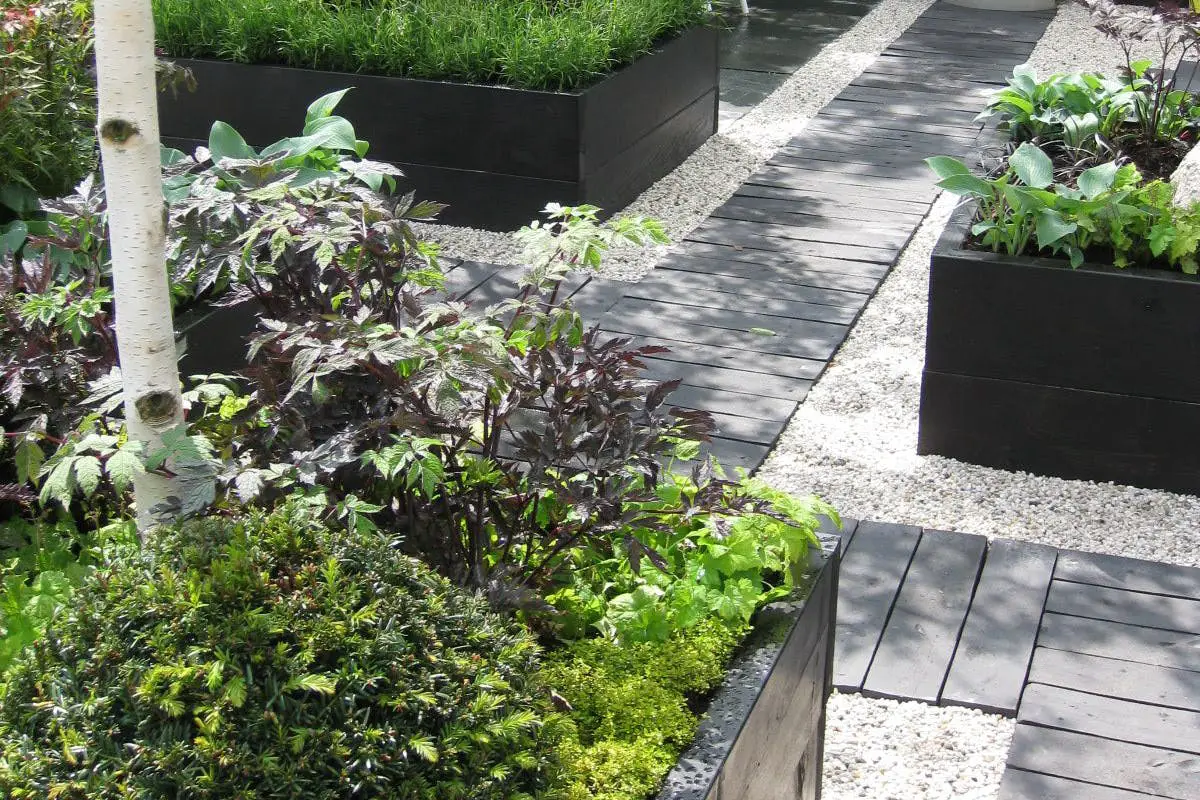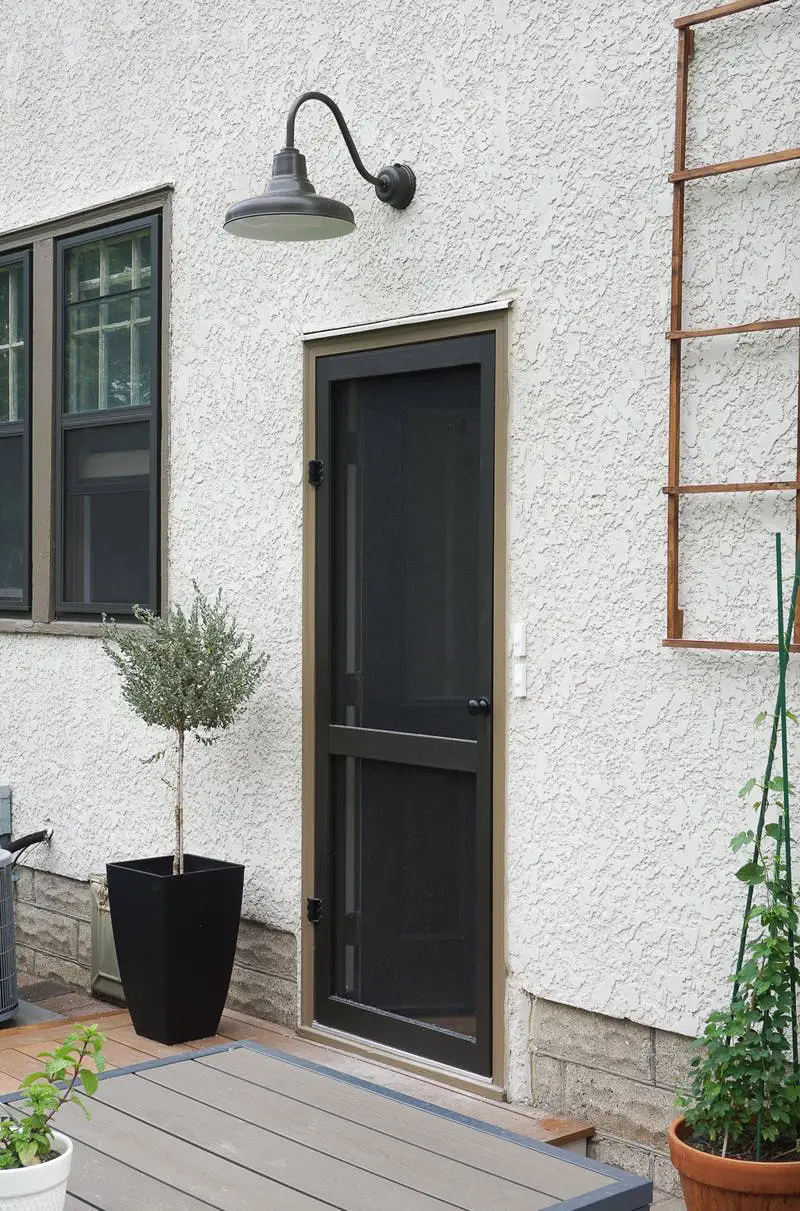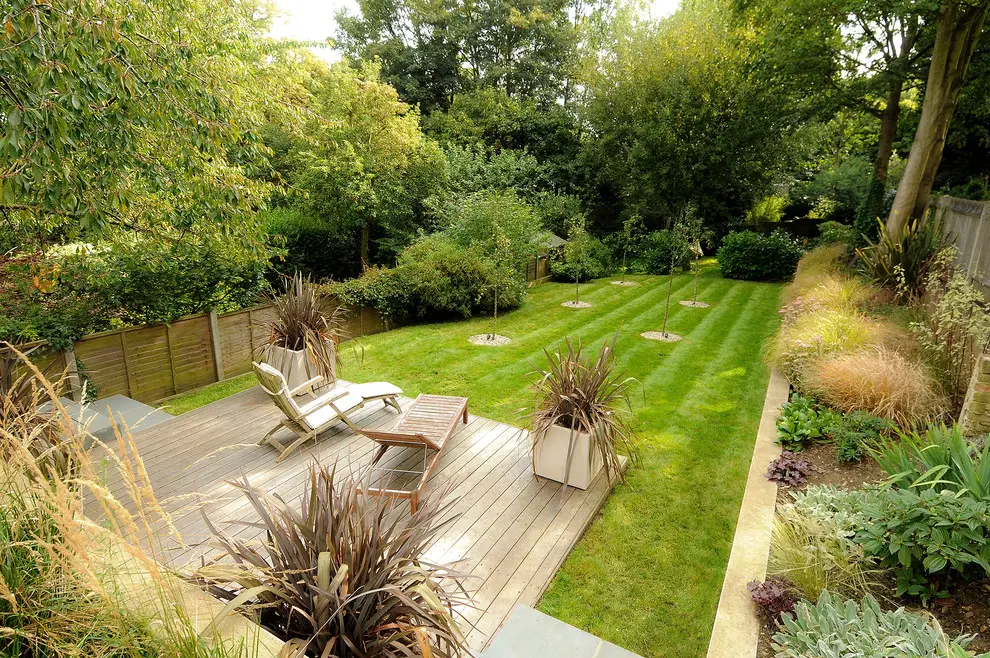Chanterelles are the first spring mushrooms to appear after the snow melts and the ground cover dries up. They belong to the family of chanterelles and are represented in different types that hardly differ in taste. Edible chanterelles have been revered in Russia for a long time and used to prepare various dishes. Nowadays, in America and European countries, they are considered a delicacy that is in no way inferior to truffles in terms of taste, which is why special mushroom plantations are operated to cultivate them.
Where do edible porcini mushrooms grow?
Edible boletus mushrooms are found in coniferous and deciduous forests, on forest edges, in ditches, in clearings, in cleared areas and in clearings in the central and southern regions of Russia. They grow in sufficiently bright and warm places in alder, birch, oak and mixed forests, as well as on areas after fires. Often they even actively spread in city parks and forest belts. In the southern parts of the country, they often grow in gardens and kitchen gardens. Various species of these fungi are commonly found in forests and mountainous areas of North America, Europe, Australia and Asia.
Important! Edible porcini mushrooms are successfully grown artificially in Germany and France.
What ceps look like
A real edible porcini mushroom looks like the photo: it has a spherical, brown or grey-brown cap with an uneven, cellular, strongly convoluted surface.
The hat is connected at the rim with a hollowed-out, white or yellowish handle that widens towards the bottom. The inside of the porcini is completely hollow, so it is very light. Even if you collect a whole basket full, you hardly notice the weight of the forest yield. The flesh of the mushroom is fragile and thin, with a pleasant mushroom smell. The height of a single specimen is about 15 cm. The length of the egg-shaped hat is 5 cm and the diameter is 4-5 cm. The hat and the stem are about the same length.
Can you eat the chestnut boletus?
The chestnut boletus is a conditionally edible mushroom. It can only be eaten after sufficient thermal processing. All types of chestnut boletes – cone-shaped, tender, delicate – are edible and widely consumed around the world. Frozen, canned, or dried members of the family are also commercially available. First they are boiled for 30 minutes and then baked, fried or stewed.
Tasting quality of real edible chanterelle
The first edible chanterelles in spring have excellent taste qualities, despite their strange and somewhat original appearance. Their flesh is tender and is distinguished by an incredibly pleasant taste of mushrooms and an extraordinary forest scent of spring glades and last year’s grass. Fine, crispy, white flesh with a strong smell is appreciated by gourmets, and the right preparation of these mushrooms allows you to create real culinary masterpieces.
Important! In Europe, chanterelles are considered a delicacy, but in Russia they belong to category 3 mushrooms.
Benefits and harm to the body
Edible morels are useful for the human body because they contain:
- FD4 substance, a kind of polysaccharide that strengthens the eye muscles and prevents clouding of the lens;
- active components that help strengthen the immune system;
- Vitamins and minerals.
In folk medicine, the mushroom decoction is used to improve the functionality of the gastrointestinal tract and appetite. They are used to make medicinal preparations that are used in official medicine to treat rheumatism and joint diseases. It is known that these mushrooms can cleanse the blood and lymphatic system.
With proper preparation and observance of cooking norms, mushrooms cannot harm the human body. An exception is individual intolerance to the product. They should be collected on ecologically clean areas. However, it is advisable not to overdo the consumption of edible flake mushrooms.
Important! The ancient healers treated eye diseases with the help of flake mushrooms. Today, scientists have proven its positive effect on the eye muscles and the lens.
How to distinguish edible boletus and false doubles
The most dangerous poisonous doubles of edible members of the boletus family are:
- Boletus;
- giant boletus;
However, it is much more difficult to find an ordinary stalk when the giant mushroom is large in size. However, both mushrooms contain a toxic substance called gyromitrine. However, in edible mushrooms the amount of this substance is minimal, while in stalk caps there is a high amount of poison dangerous to human health and life. Related mushrooms are very similar in appearance, although upon closer inspection there are still differences. Stemcaps have a very short, almost invisible stalk, in contrast to edible specimens, which have almost proportional cap and stalk lengths. Mushrooms are characterized by a hollow interior that is clearly visible when broken open.
There is a tortuous weave inside the stem caps.
The edible mushroom cap is completely covered with convoluted cells and has a convoluted surface externally resembling a walnut kernel. The stockings grow where there are cleared areas, on soil freed from moss, on forest edges and on burned areas.
How not to make a mistake when looking for the edible boletus can be seen in this video:
When to collect edible gooey
Edible smearworms are collected in deciduous forests, on forest edges and in ravines, in freshly burned places at the end of April and throughout May. The first mushrooms of the season are considered conditionally edible. That is, to ensure that they are safe when cooking, certain rules should be observed. Most often they grow individually at the edges of forests and meadows with grass cover. Under favorable conditions, representatives settle in small groups.
Important! Sleazeballs can rarely be found in the same location in the next harvesting season. It has not yet been studied whether the fungal nutrients have the ability to move over long distances.
Rules for collecting edible chestnut mushrooms
The “quiet spring hunt” after a long winter is the joy of every mushroom picker. Edible chestnut mushrooms like the one in the photo below can be found in sun-warmed spots in valleys, under trees and bushes in deciduous forests. They prefer fertile, naturally fertilized soil. If you find a mushroom, it’s worth searching the whole clearing around it. Edible chestnut mushrooms often hide in the grass, where it is quite difficult to find them. It’s easier to pick mushrooms in open areas after fires. A sharp knife is required for cutting, with which the mushroom stalk is cut off at ground level. Only young, not overripe specimens are suitable for consumption.
There are also other variants of edible mushrooms from the chestnut family:
- Cone cone – grows in mixed forests in open clearings or along sandy paths in large groups. The conical variety has an elongated conical shape and a rather dark hat, while the flesh is very thin and crispy.
- Chestnut cone. This species settles in sunny places along the roadside, glades and burned areas. The mushroom stalk is very small so that it looks like a single hat, hence the name of the species. The taste of these representatives is delicate, but the aroma is weaker than that of other chestnut mushrooms.
- Cone cone – grows in mixed forests in open clearings or along sandy paths in large groups. The conical variety has an elongated conical shape and a rather dark hat, while the flesh is very thin and crispy.
Important! All edible chestnut mushroom varieties have hollow stems.
How to prepare edible morels
The secret of preparing spring mushrooms is that they are first boiled for half an hour. After that, the broth is drained and not used for cooking, and the mushrooms are thoroughly rinsed with cold water. This cooking prevents a risk of poisoning.
Then the product is used for culinary purposes:
- steamed;fried;to prepare a mushroom sauce.
- steamed;fried;to prepare a mushroom sauce.
- steamed;
- fried;
- to prepare a mushroom sauce.
You can also use them as a filling for cakes and pies.
A delicious dish appreciated by true gourmets is stewed morels in sour cream or milk. For:
- Boiled mushrooms are fried together with onions over high heat, salted and peppered. Dust lightly with flour. Add with milk, cream or a mixture thereof and a few tablespoons of butter. Boil a little and remove from the stove.
- Boiled mushrooms are fried together with onions over high heat, salted and peppered. Dust lightly with flour. Add with milk, cream or a mixture thereof and a few tablespoons of butter. Boil a little and remove from the stove.
- Boiled mushrooms are fried together with onions over high heat, salted and peppered.
- Dust lightly with flour.
- Add with milk, cream or a mixture thereof and a few tablespoons of butter.
- Boil a little and remove from the stove.
To prepare for the winter, the method of drying is used, which should last at least three months. For the preparation of winter dishes, dried mushrooms are soaked, boiled, and then further processed according to the recipe. A natural spice blend for any dish is made from mushroom powder, which is a very strong flavoring agent. To do this, the dried mushrooms are not soaked, but pounded into a dry mixture. With each of the processing methods listed, they are a real delicacy.
Important! Chestnut boletes are not pickled or salted.
Graduation
Eating morels should not be ignored because it is not only delicious but also beneficial to health. Observing the rules of collection and preparation, it will not harm the body, or even worse, intoxication. And a spring trip to the forest after a long winter will also bring a lot of pleasant impressions.












